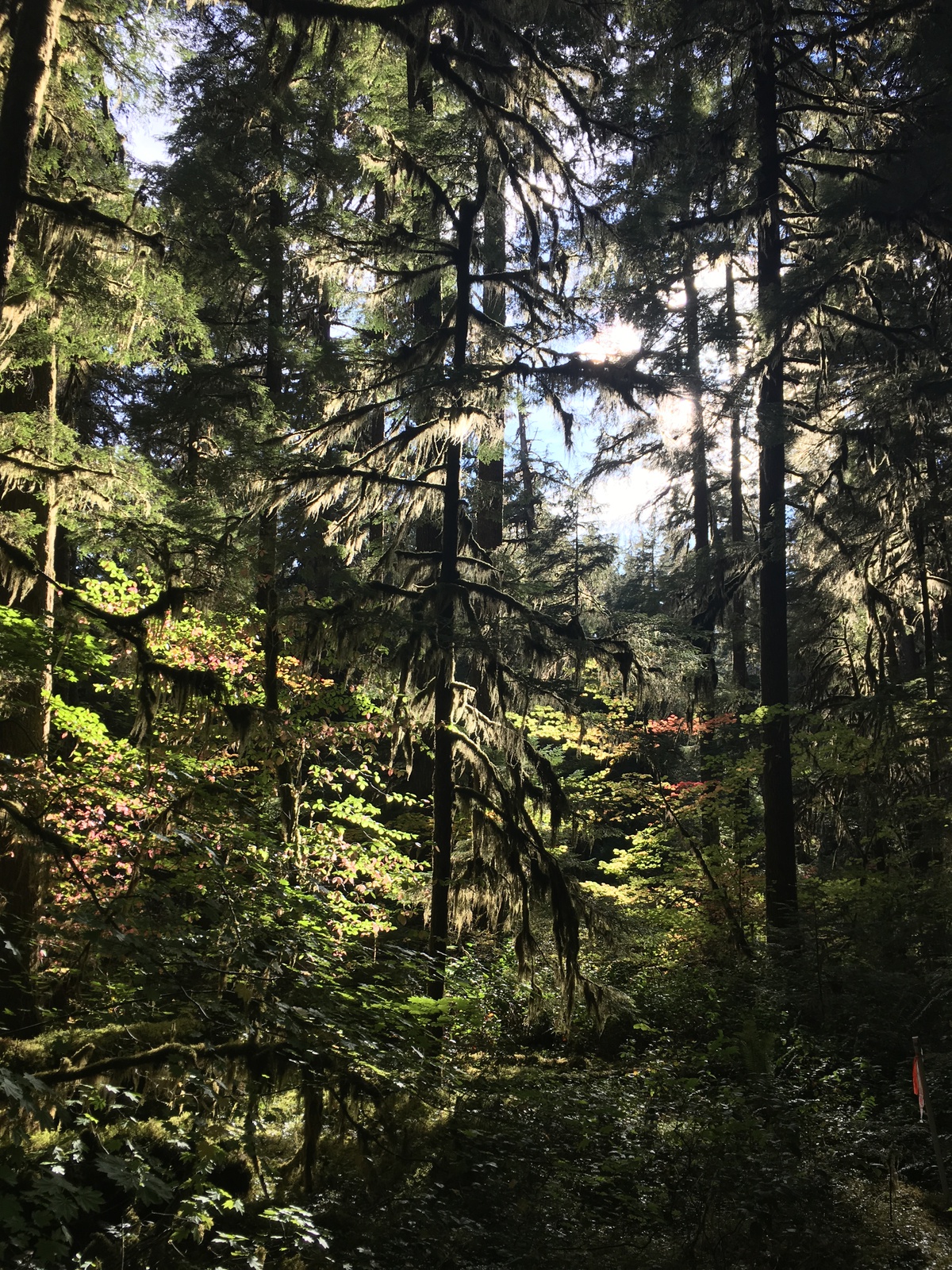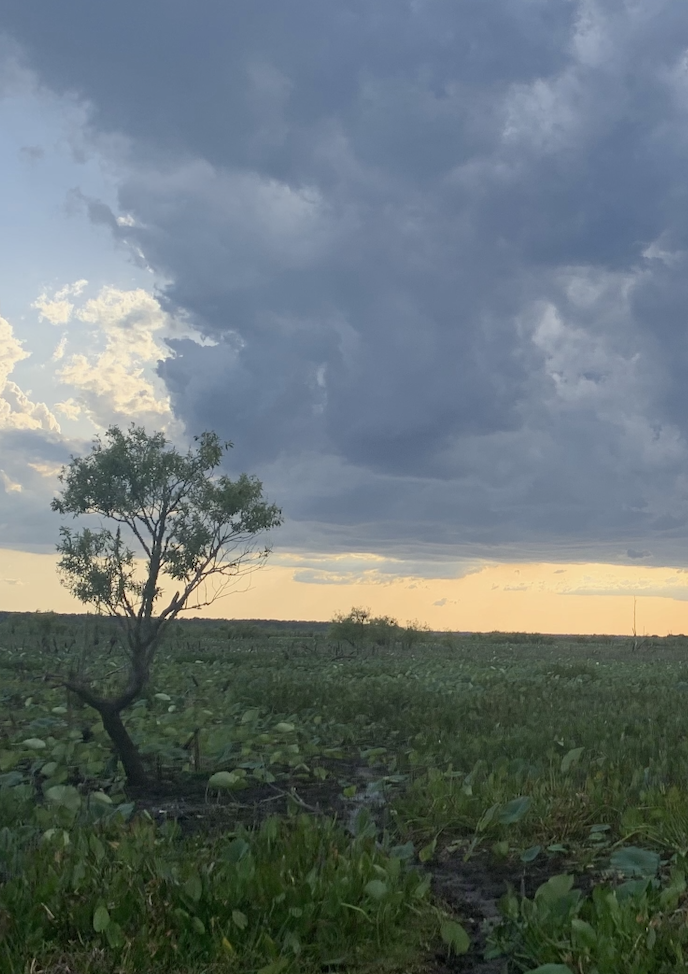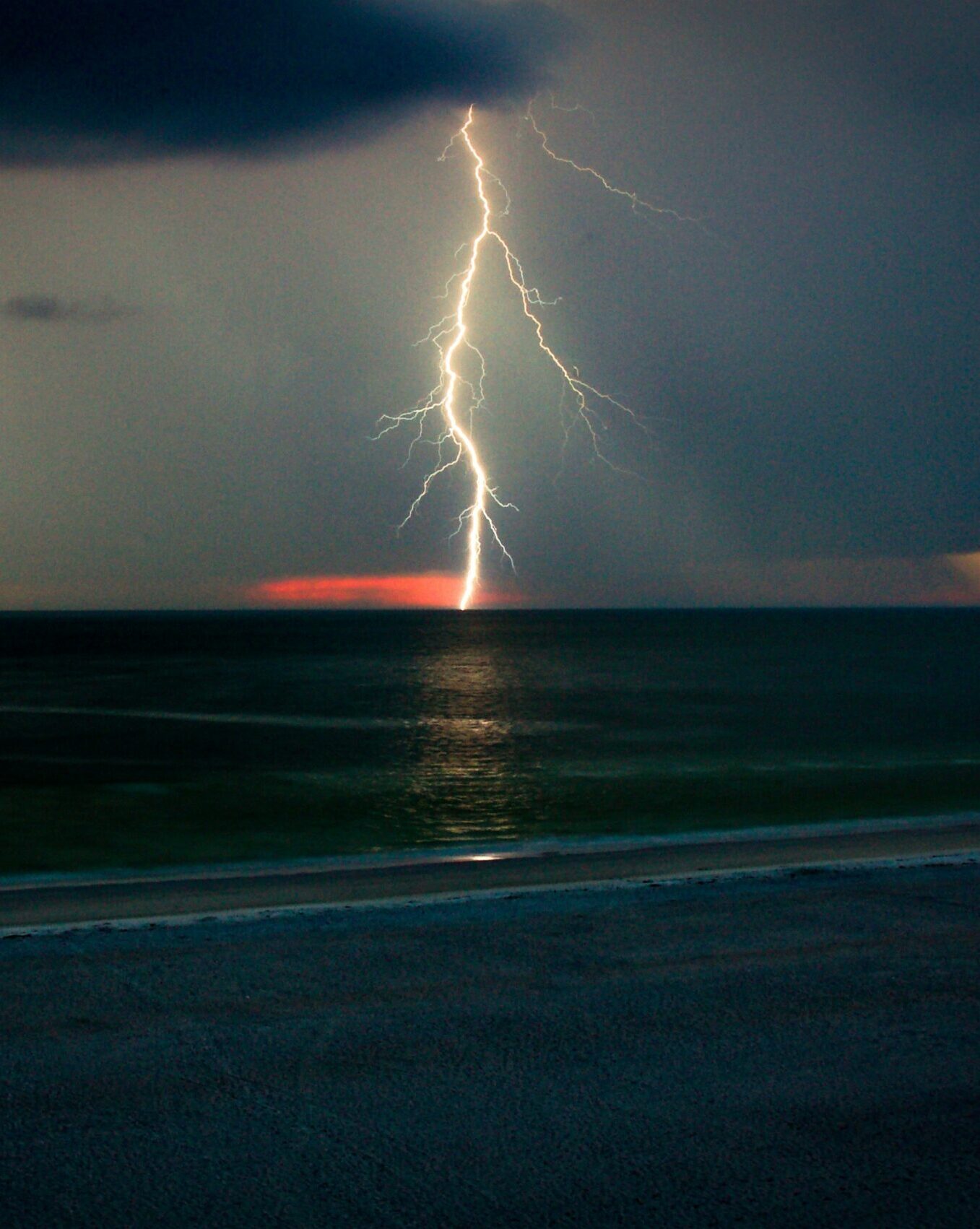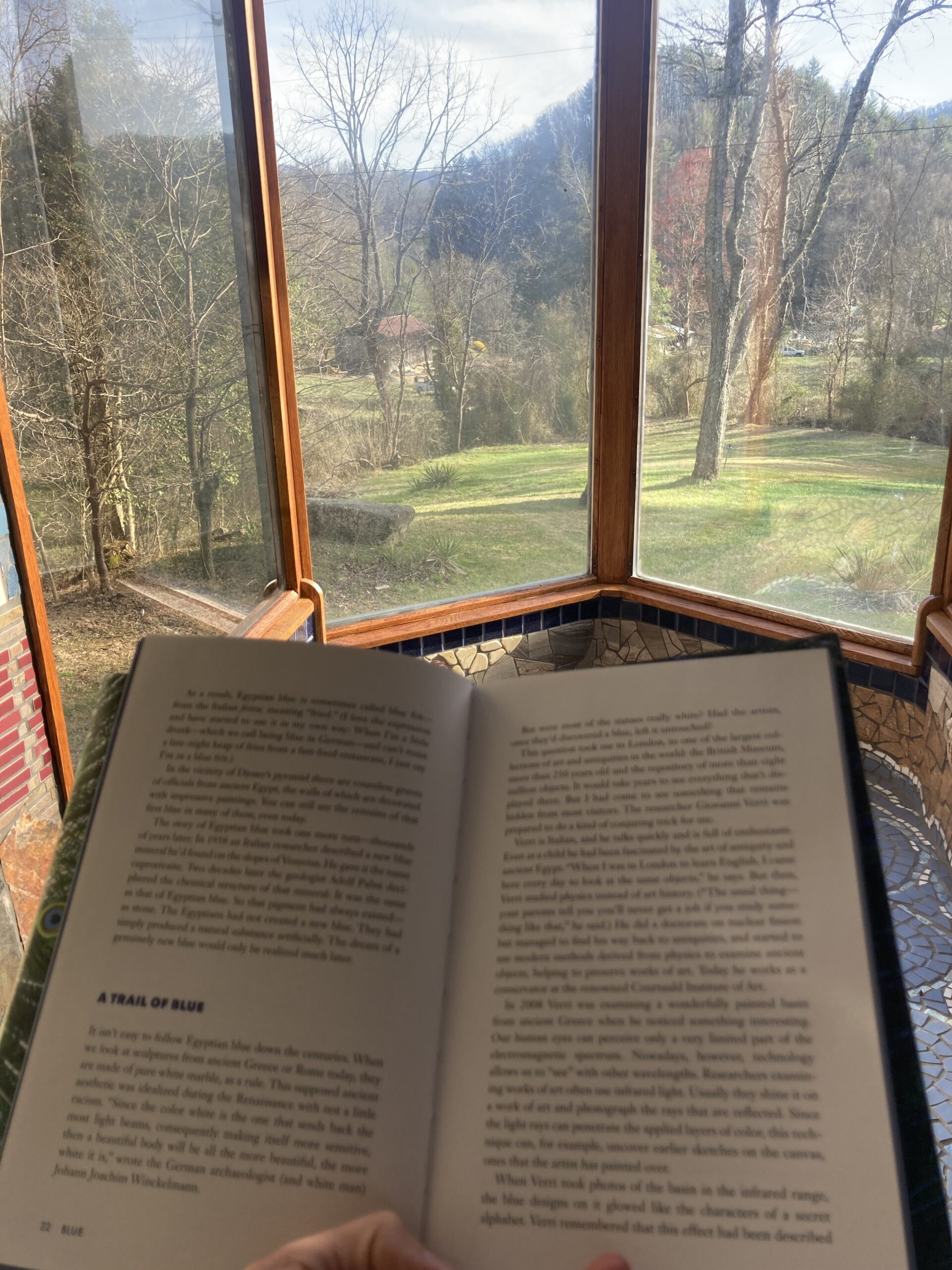
H.J. Andrews Experimental Forest, Oregon
1. Avalanche
To practice the quick slipping away of ground beneath our feet, geologists built a second mountain. This one is a tender surface, fitted with sensors, and rigged for data. On sunny, cold mornings, to practice how helpless, they measure piles to drop — peat, gravel, water-saturated masses of organic matter, combinations to mimic what might happen — and let them fall into chaos. To practice the moment of shock, they invite everyone like a performance. The scientists on their lunch break gather, promising to stand quietly for five minutes after the stopwatch starts, for the duration of the drop, to watch how it all tumbles, gaining speed, no gasping no matter what it looks like, and for ten whole minutes after. This is the most difficult part. Practicing the quiet after.

- Cougar
To practice meeting a cougar in the forest, I pick up a branch and swing it ahead of me across the trail. Make yourself as big as possible, the pamphlet said. If you’re a small woman, make yourself look as big as a man. Hold the sides of your coat wide like wings. Make big, stomping steps with your boots. Use your voice, too — shout bold and authoritative nothings towards the cat. I carry the stick and practice what I’d say in my head. Be gone. I am not afraid of you. Just move along now. Or even, It’s ok. You’re ok. I am not going to hurt you. I’m scared, too.

- Extinction
To practice eternity, the owl team works long hours. They meet in the office in the early morning, make the building glow in the fog. They rarely venture into the field now, since the owls have stopped breeding. Instead they spend their time adorning a paper map with tiny intricately-decorated flags. One flag per owl. Long ago, they learned that lasting was not about beauty. The owl is a torch of beauty sitting on the snag, watching with black hole eyes the whole world below it. Practice by imagining nothing. Imagine the quiet flying, with feathers designed to deflect into nothing, like mirrors, erasing all proof. One morning, to practice forgetting, one scientist pretends she hasn’t seen the owl sitting up in the snag, soft and hot and alive as a heart.
Georgina Parfitt is a writer and teacher based in London. She was born and raised in Norfolk, England, and moved to the U.S. at 18 to attend Harvard University, where she fell in love with short stories under the mentorship of Amy Hempel. In 2018, she was writer-in-residence at the H.J. Andrews Experimental Forest in Oregon. She hopes her writing can capture moments in places that are changing.




